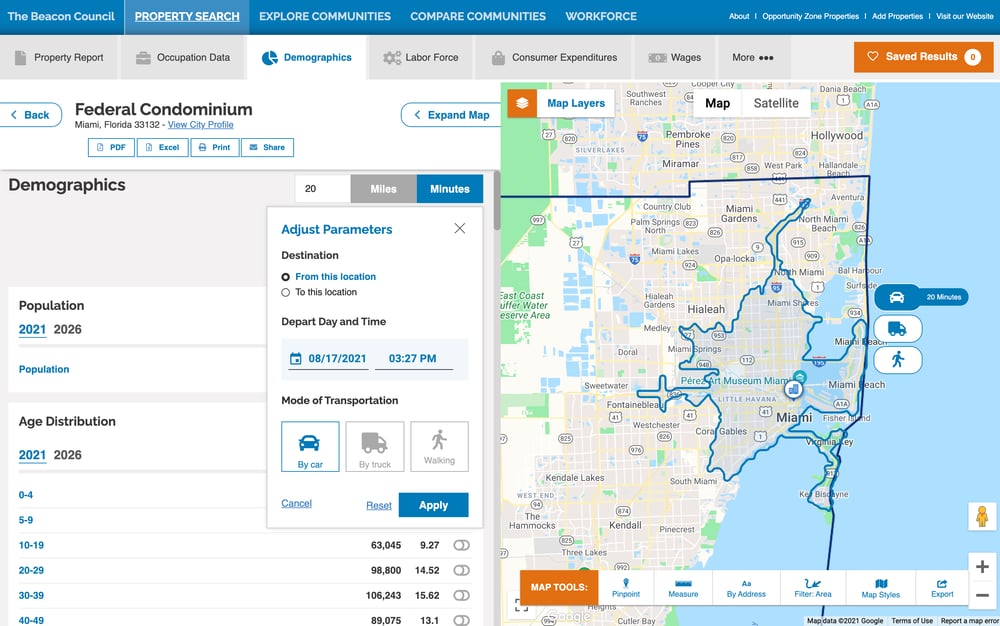This is the second installment article in a series of articles addressing Crime Prevention Through Environmental Design (CPTED) in Government Facilities. Note that all the strategies mentioned throughout the articles presented can be applied to a variety of facilities and organizations.
The Integral Role of Crime Prevention Through Environmental Design in Government Facilities
In the world of security and urban design, the significance of Crime Prevention Through Environmental Design (CPTED) in government facilities is profound and multifaceted. Government buildings, often repositories of sensitive information and hubs for high-profile individuals, require an elevated level of security. Here, CPTED plays a pivotal role in creating spaces that naturally deter criminal activities, thus bolstering the overall security of these critical infrastructures.
One of the foremost advantages of implementing CPTED in government facilities is the enhancement of public safety. These buildings, which are frequented by the public and employees alike, benefit immensely from the safety principles embedded in CPTED. By increasing natural surveillance and effectively controlling access, the risks of threats such as theft, vandalism, or more severe criminal activities are substantially mitigated.
Apart from fortifying security, CPTED is renowned for its cost-effectiveness. The strategy leans towards smart design choices, reducing the over-reliance on technological or personnel-based security measures. This approach to security not only cuts down long-term costs but also minimizes the need for expensive surveillance systems or extensive security personnel, making it an economically viable option for government facilities.
CPTED principles also contribute significantly to the aesthetics and environment of government buildings. The focus is not just on functional security elements but also on ensuring that these design aspects are visually appealing. Such an environment is more welcoming and comfortable, enhancing the experience for both the public and employees.
Furthermore, the implementation of CPTED in government facilities can boost community confidence and trust. When these facilities are perceived as safe and well-maintained, it reinforces public trust in the government, fostering a stronger bond between government entities and the communities they serve.
Beyond the aesthetic and trust-building aspects, CPTED is instrumental in the prevention of crime and anti-social behavior. By proactively designing environments that discourage such behaviors, government facilities can pre-emptively address security concerns, rather than merely reacting to incidents post-occurrence.
The flexibility and adaptability of CPTED principles stand out as one of their key strengths. These principles can be tailored to various types of government facilities, ranging from office buildings to public parks. They can be seamlessly integrated into both existing structures and new designs, showcasing the versatility of CPTED as a tool for security and crime prevention.
Moreover, CPTED plays a significant role in alleviating the fear of crime. A well-maintained and secure facility not only reduces actual crime rates but also diminishes the fear of crime among employees and visitors, fostering a sense of comfort and reassurance.
In certain regions, integrating CPTED principles into the design and operation of government facilities is also a matter of regulatory compliance. This ensures that these facilities meet specific safety and security standards, further cementing the importance of CPTED in the governmental sector.
In summary, the role of Crime Prevention Through Environmental Design in the realm of government facilities is indispensable. It contributes not only to the tangible aspects of security and functionality but also to the intangible elements of well-being and public perception. The impact of CPTED in shaping safer, more efficient, and welcoming government spaces is indeed substantial and far-reaching.
If your Municipality wants to learn more about this topic and read the full article version visit here. Feel free to contact me directly at [email protected] for further assistance.







.png)



